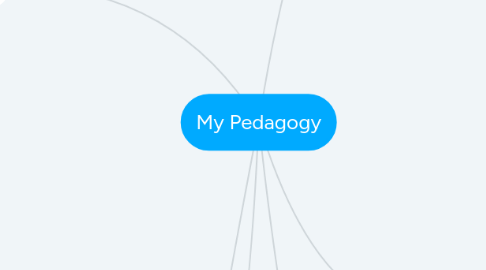
1. Surfside Primary schools Pedagogy
1.1. Policies
1.1.1. ‘Me, We, You’ Policy.
1.1.2. ‘School wide Positive Behaviour Program’
1.2. Pledge
1.2.1. "Believe in Yourself."
1.2.2. "Encourage all students to strive for their highest goal."
1.2.3. "Help students build respectful relationships with their teachers and peers."
1.2.4. "Optimise Student learning."
1.3. Symbol
1.3.1. Wave represents students abilities to be original, paving the way for others to follow. or creating a wave for others to ride on.
1.3.2. Bird represents freedom and symbolises the future.
2. My Future Teaching
2.1. What have I learn't?
2.1.1. I've learn't a lot about myself and my pedagogy this placement. I have gained more confident as each day passes. I will continue to grow confident.
2.2. What will I do to improve my future teaching?
2.2.1. I will work on my time management as I struggled while I was teaching. I will also try not to pick students who put their hand up all the time. I will listen to every student to optimise whole class learning.
3. My Pedagogy
3.1. My Pledge
3.1.1. After looking at lots of resources from placement, theorists and class activities I have learn't a lot about teaching. I have decided that my pledge is to include all individuals in a classroom and do my best to challenge and work hard with the students to achieve the best they possibly can.
3.1.2. I am looking forward to the future and with all this knowledge before me I feel like i will be in a classroom by myself in no time.
3.2. Conclusion
3.2.1. Overall I have discovered a lot about myself and the way I teach. I will continue to positively impact students and become a role model for them to look up to and achieve their best.
4. 'SCOT' on Plancement
4.1. Strengths
4.1.1. Writing: WOW words every week. Students had to find location, definition ect.
4.1.2. Reading: Students loved determining importance classes I took, as they got to use their independent reading books, and go on EPIC if they had finished early.
4.1.3. Maths: Subtraction lesson. Modelled as class then students went off to complete worksheet.
4.2. Challenges
4.2.1. ESL Student: Had to change lessons to cater for his learning. If students finished early they got to play 'memory' with him and other games. Other students wanted to join in.
4.2.2. Class behaviour: I eventually learned some strategies to help out but when I first started teaching I was soft, I eventually used my voice and changed the tone by the end of the placement.
4.3. Opportunities
4.3.1. Great experience to work with the ESL student one on one.
4.3.2. Got to go on year 4 camp which was exciting.
4.4. Threats
4.4.1. Some students behaviour needed work, but overall a great experience.
5. Constructivist Theories
5.1. Jean Piaget
5.1.1. "Children's thinking evolved from four stages."
5.1.2. "Each stage of children’s development have different thinking processes."
5.1.3. "It is important not to expect students to perform tasks before they are intellectually ready to do so, if these tasks are beyond their stages of development."
5.2. Lev Vygotsky
5.2.1. "Thinking according to Vygotsky is originally external to the individual and gradually internalised."
5.2.2. "As the individual acquires language it becomes the tool for thinking and is used to guide behaviour.”
5.3. Alfie Kohn
5.3.1. "Rather than being the source of most ideas, teachers serve as ‘mediators,’ standing between the students and the idea.”
5.3.2. “Learner centred classroom.”

